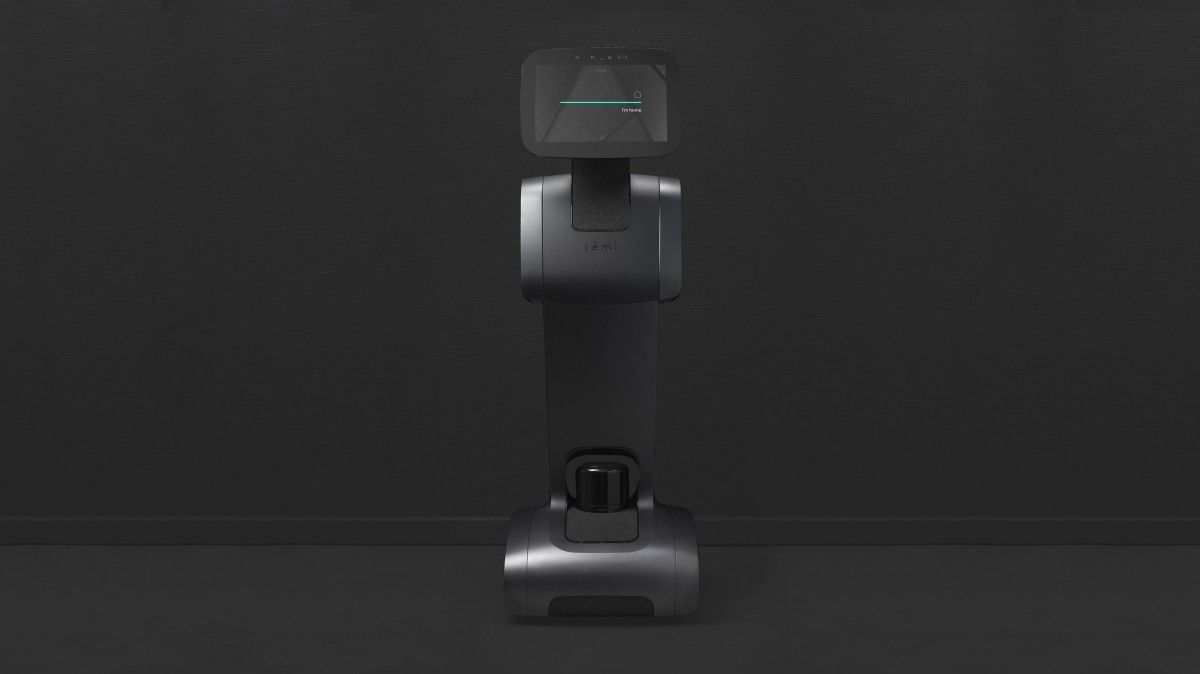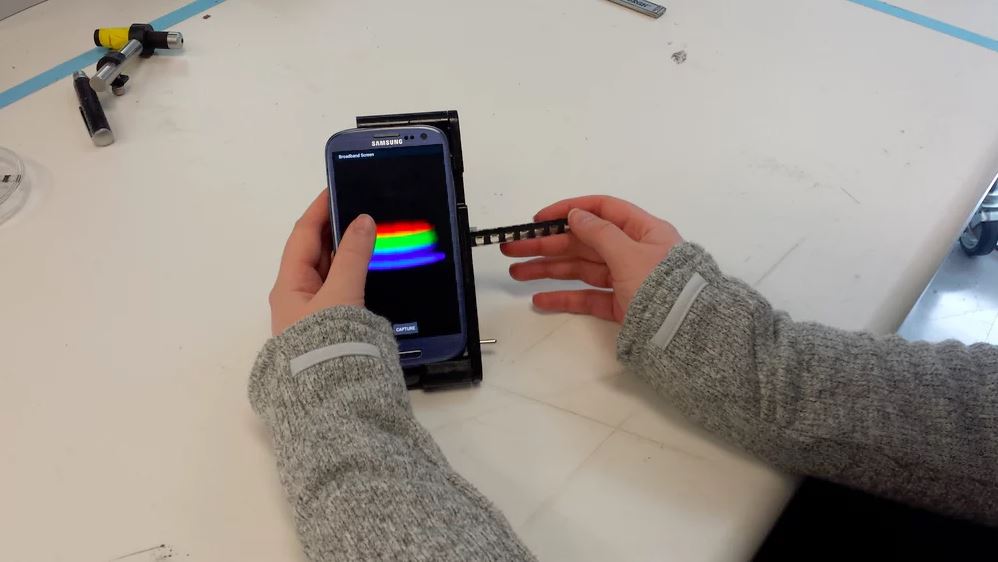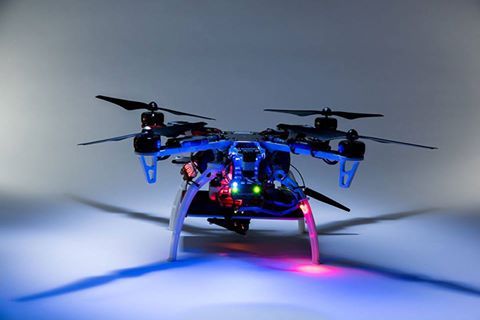CodeRED is used to send emergency communications to residences such as evacuations for hurricanes, wild fires, or any vital information involving the public’s safety.
When you see 866−419−5000 displayed you will know the call is from CCSO’s CodeRED. If you would like to hear the last message delivered to your phone, simply dial the number back.
You need to register for CodeRED if you have unlisted phone number, a voice over IP telephone service or a cell phone.






